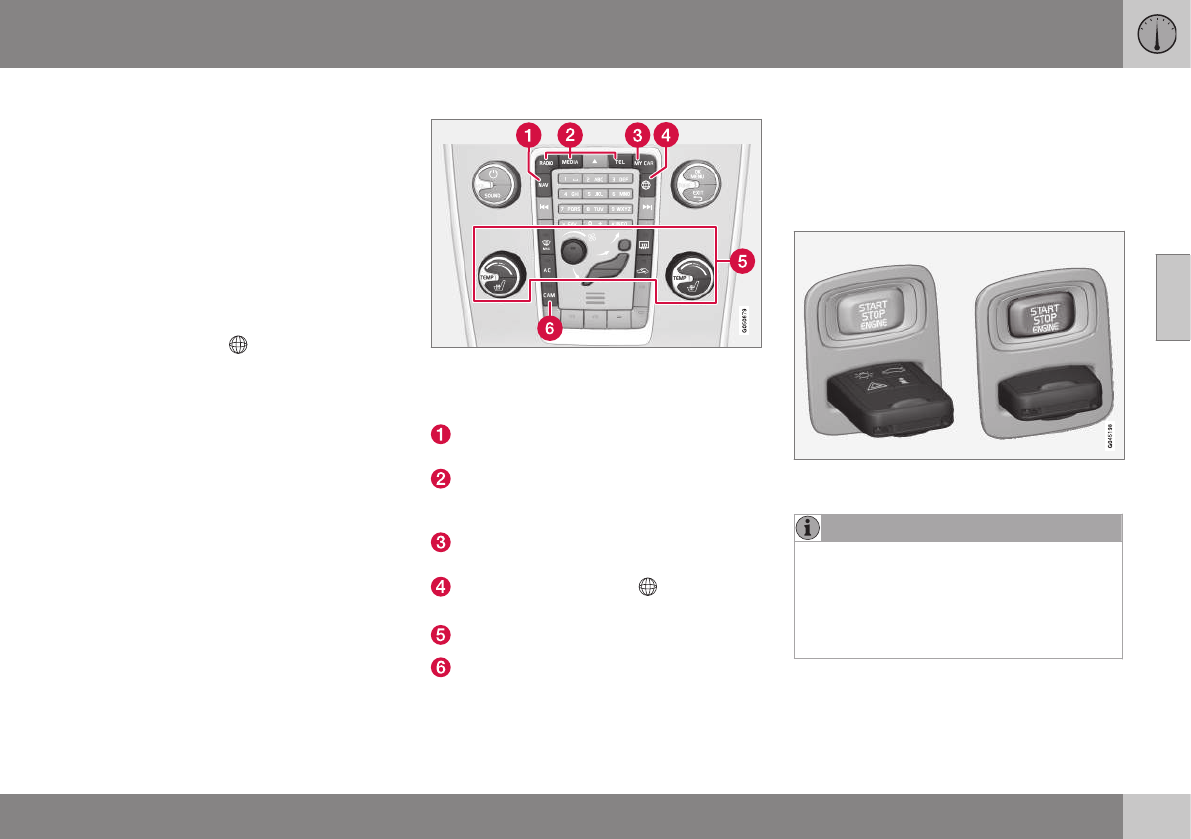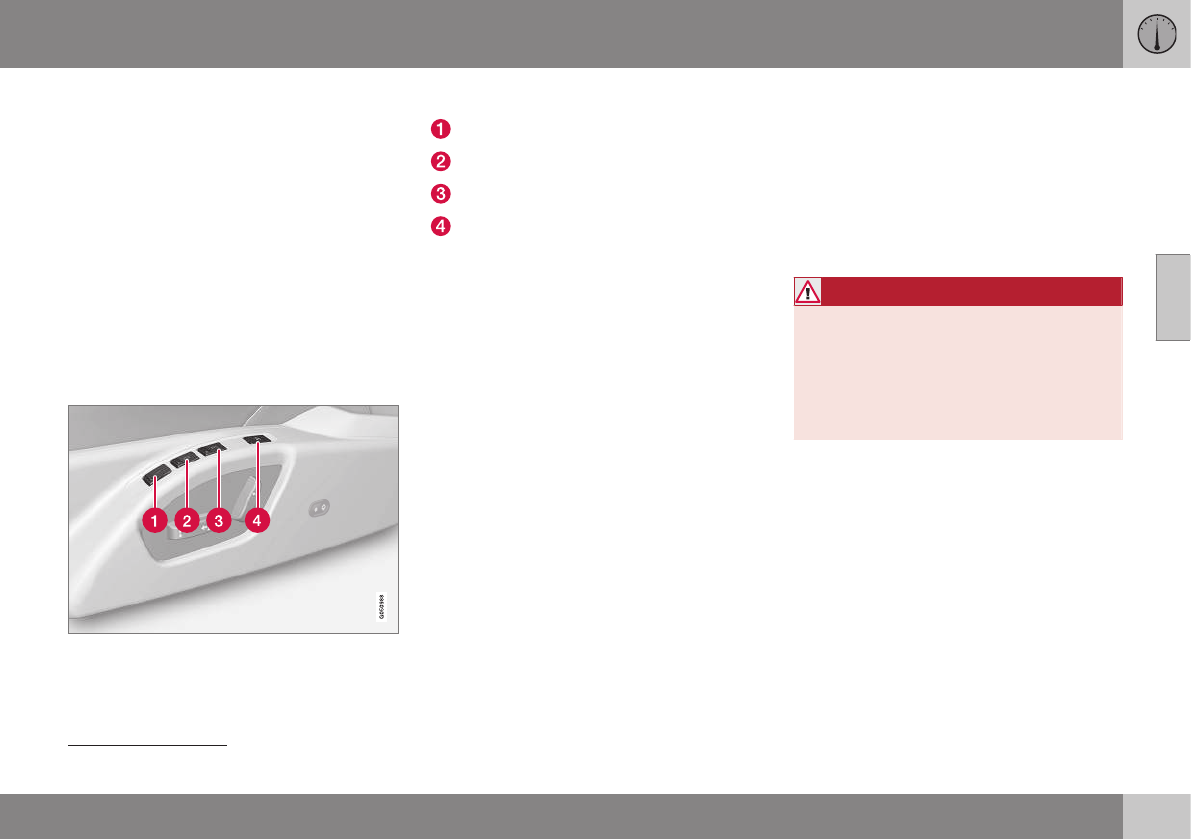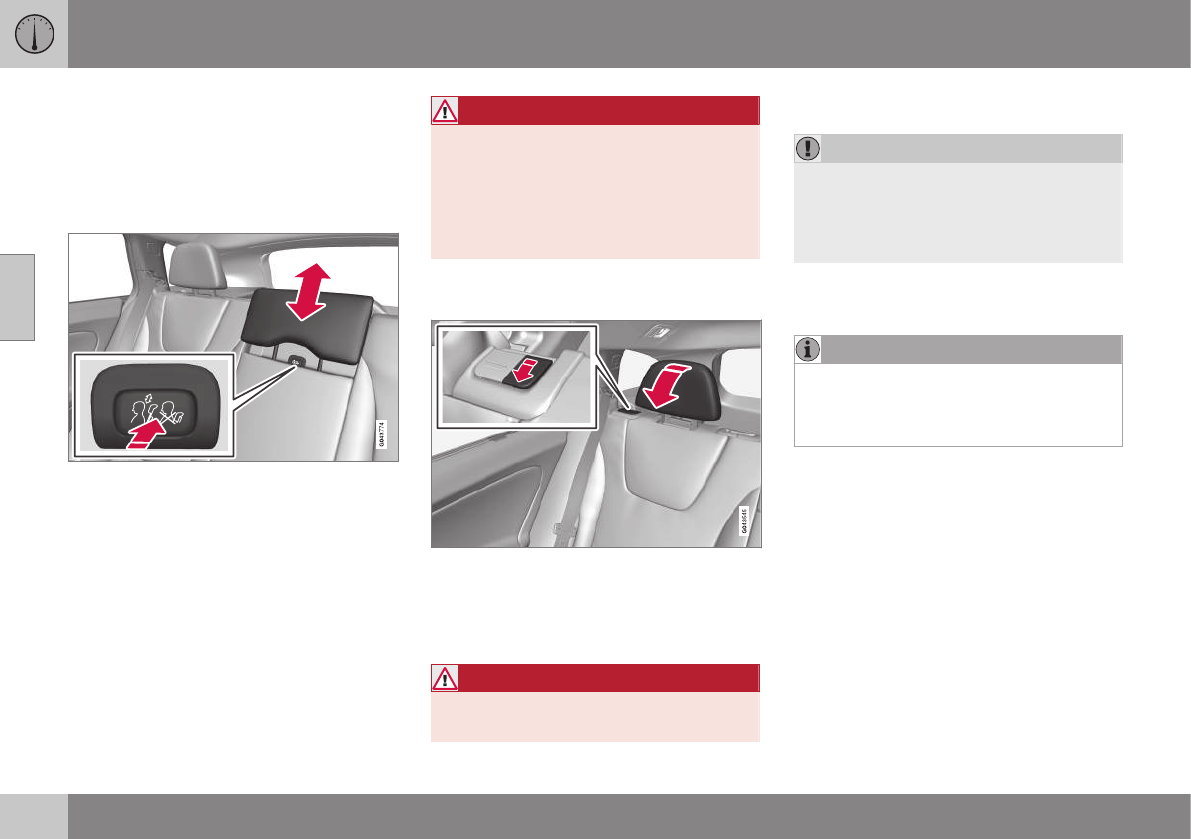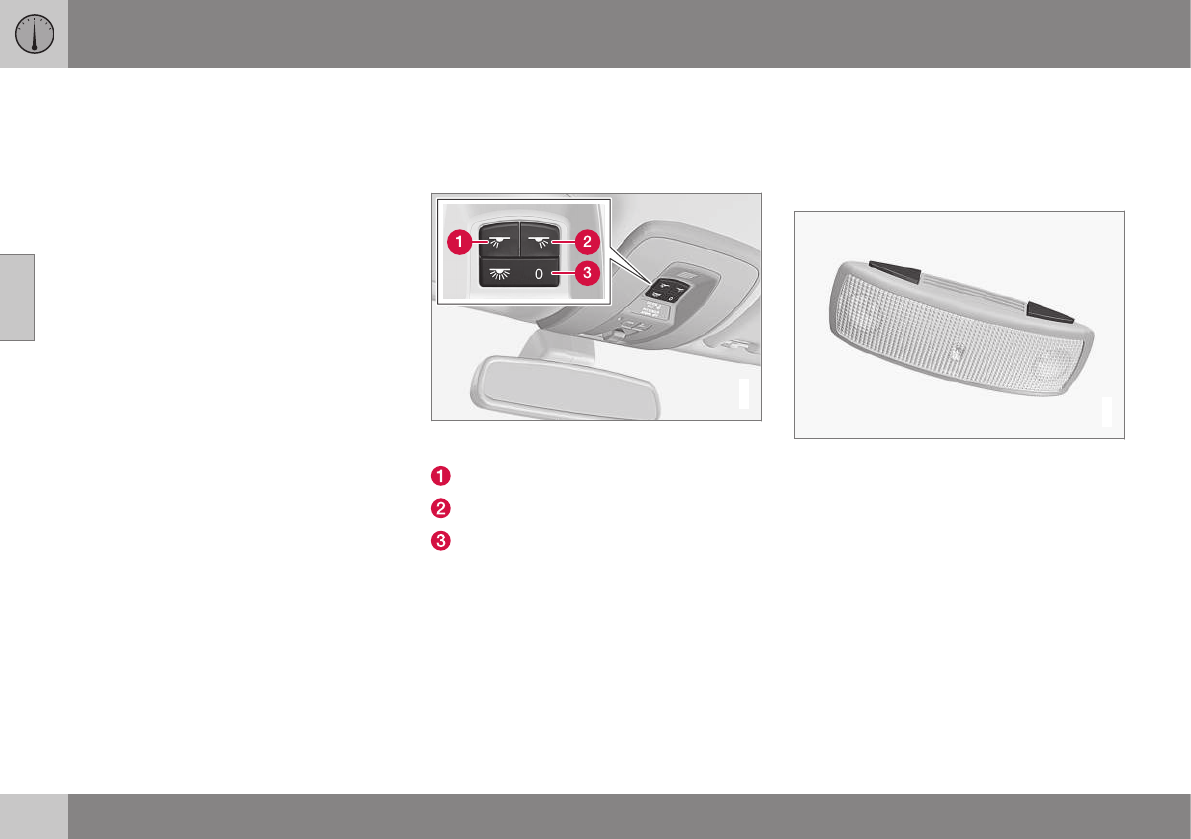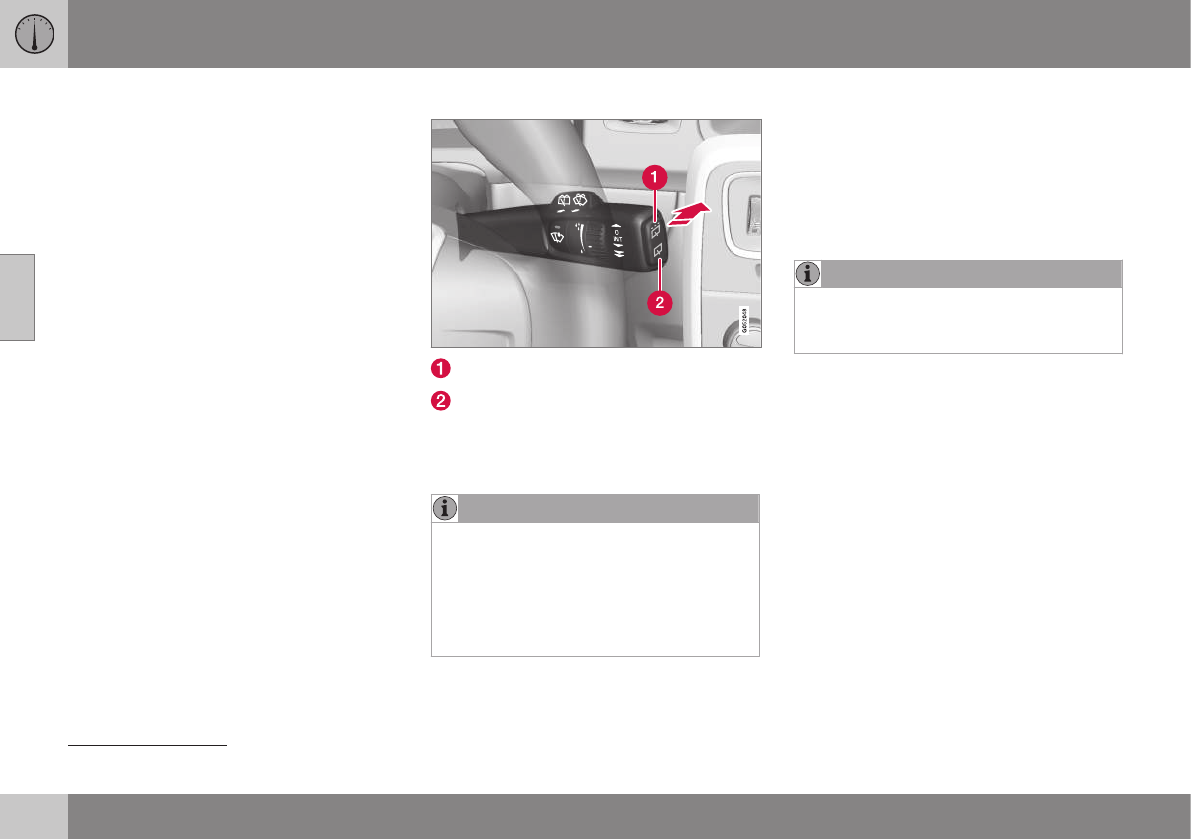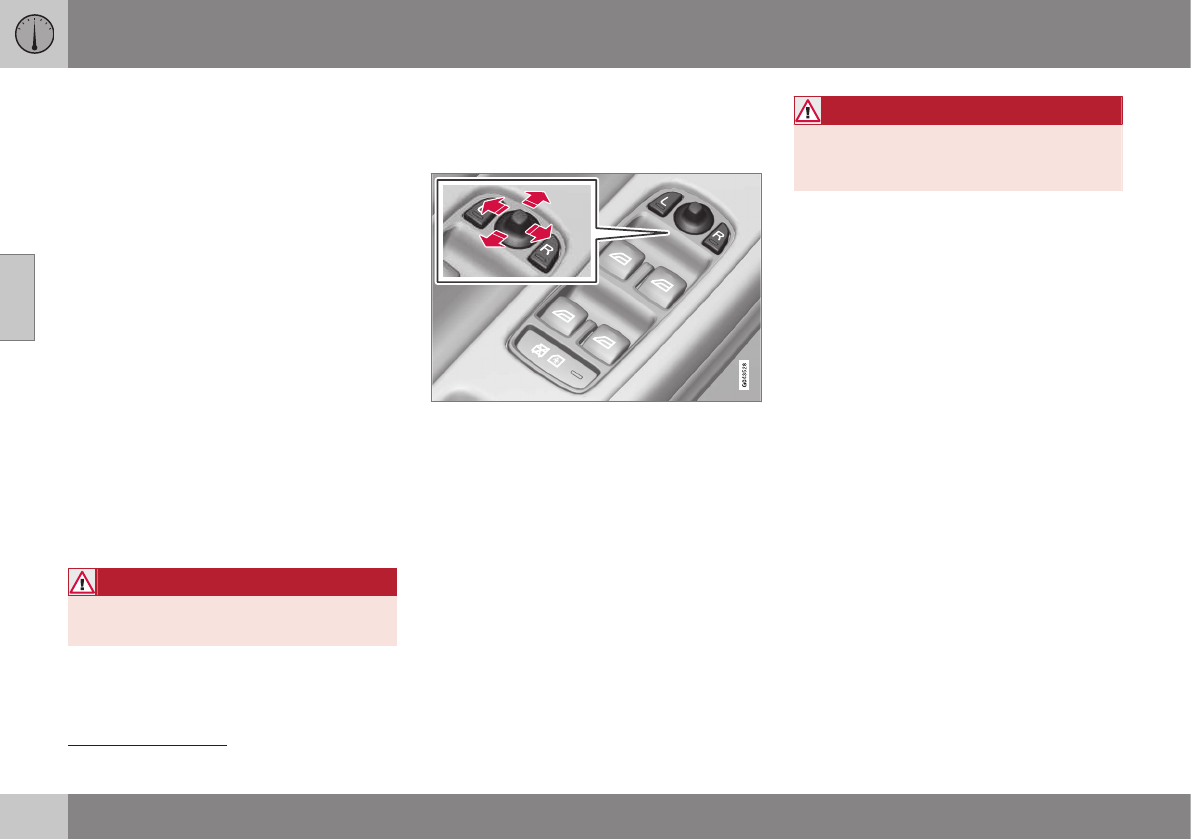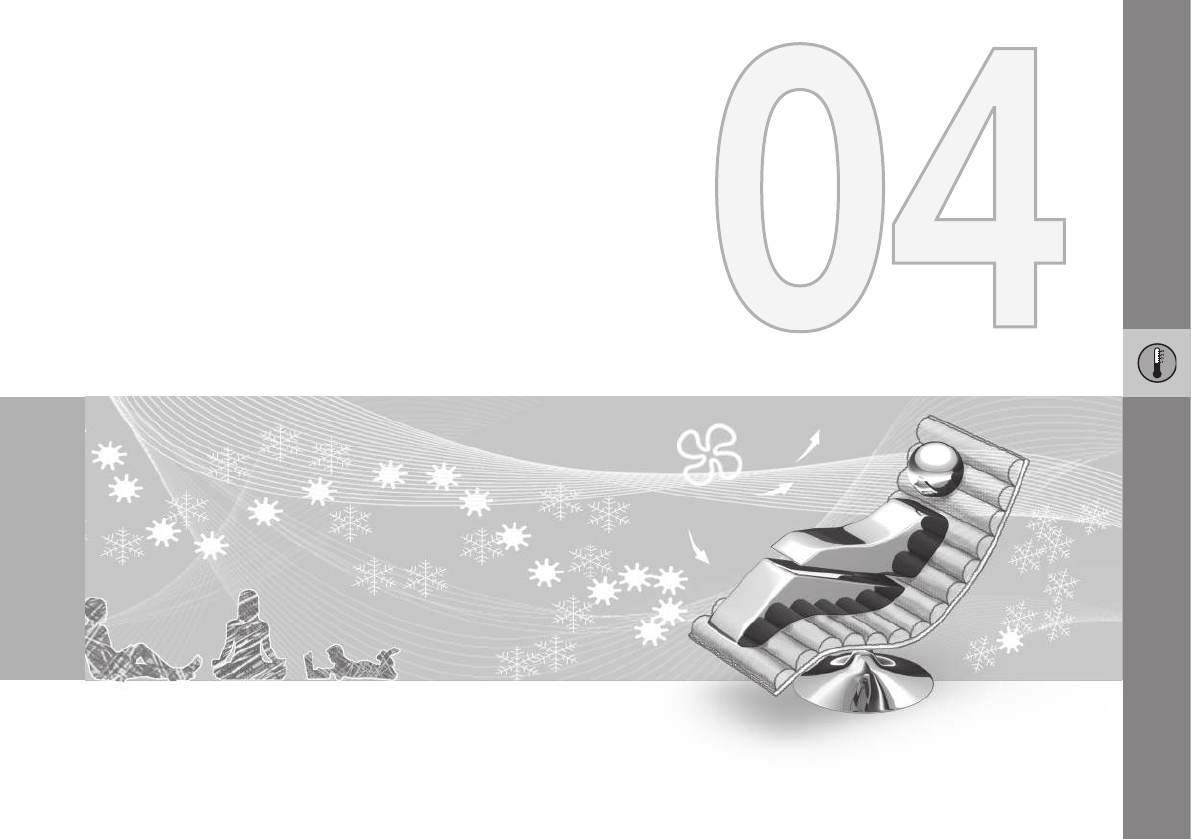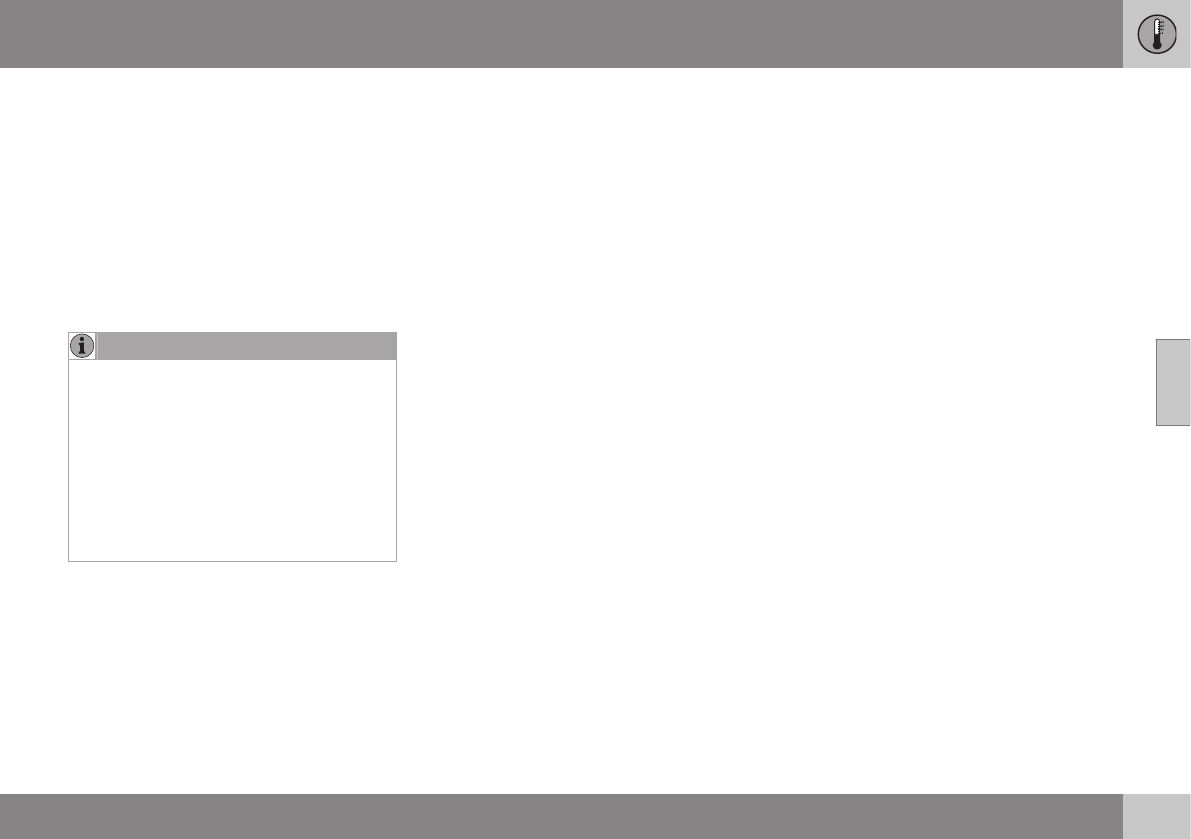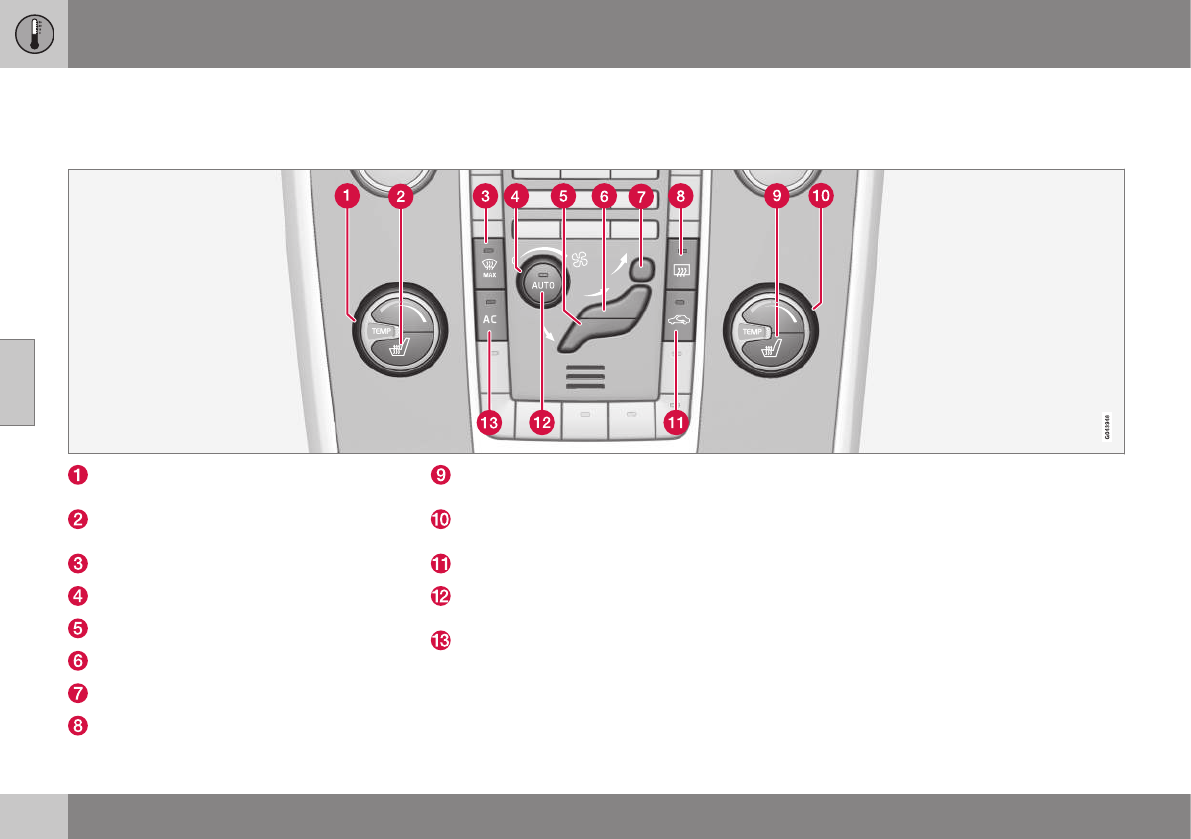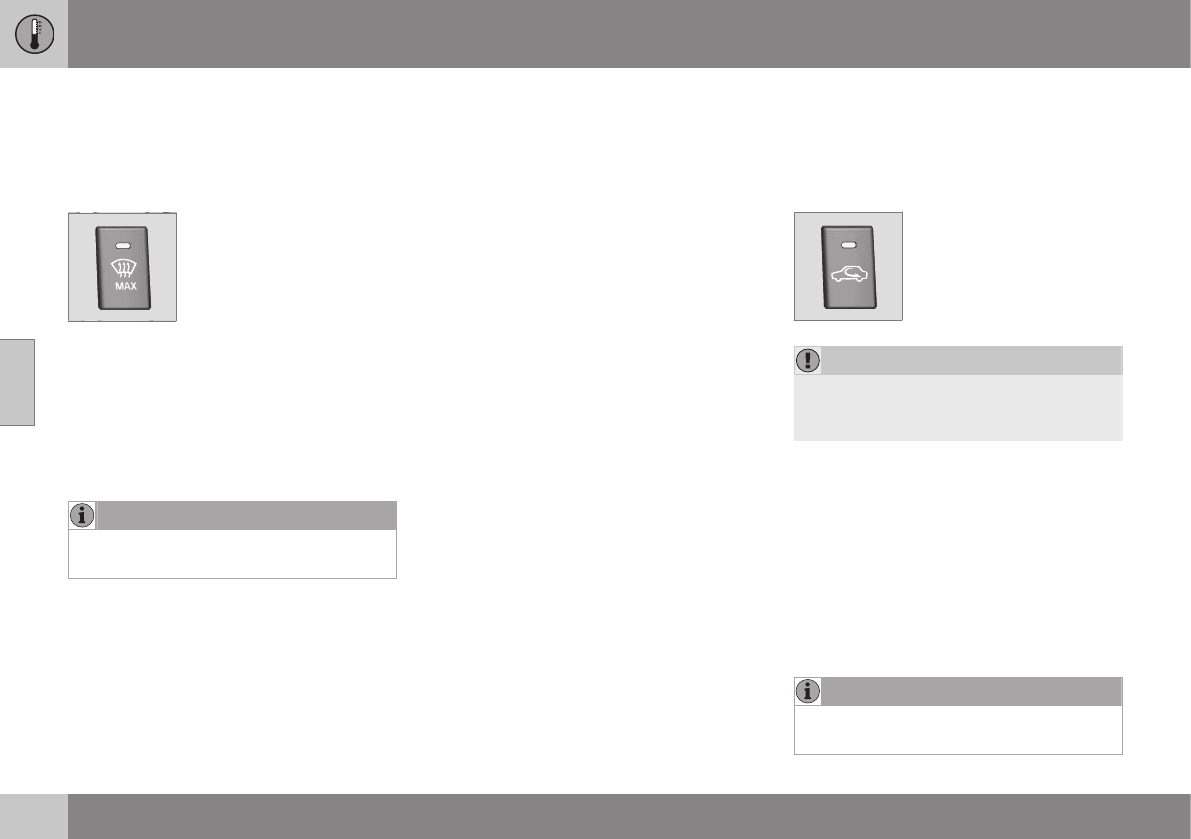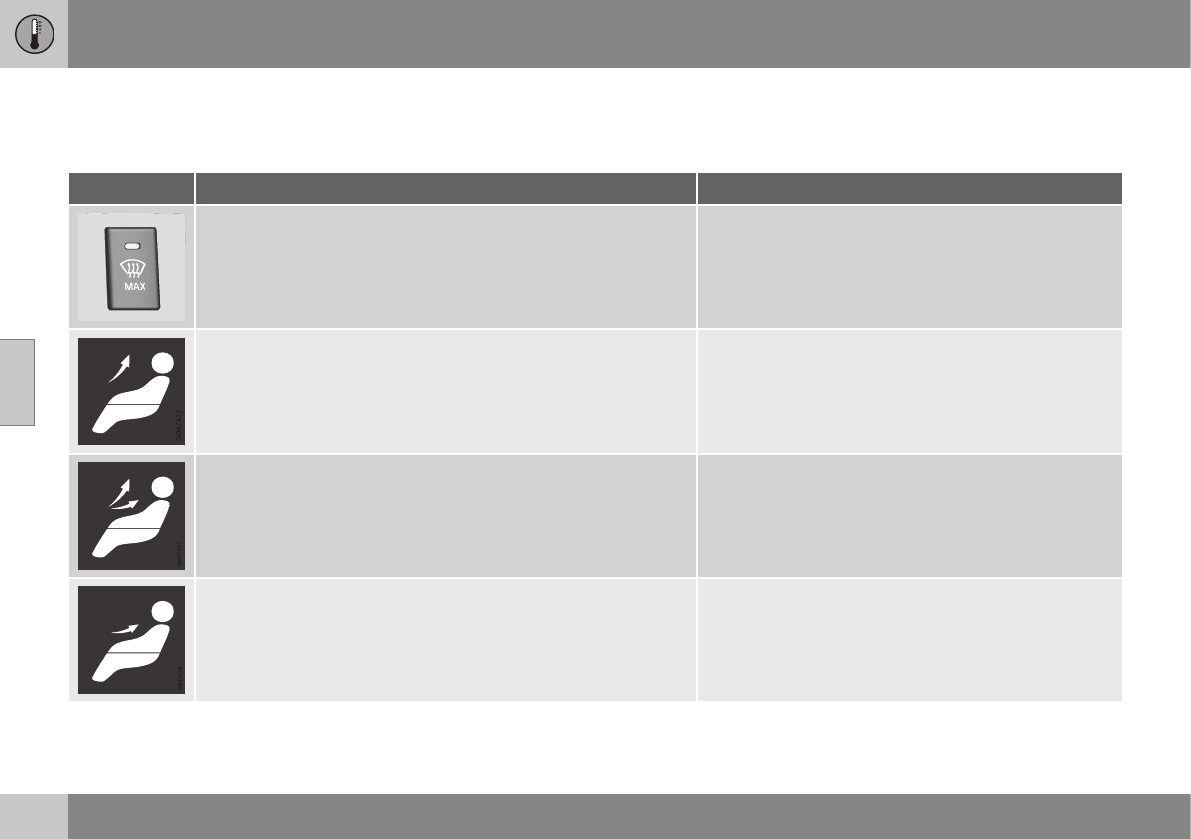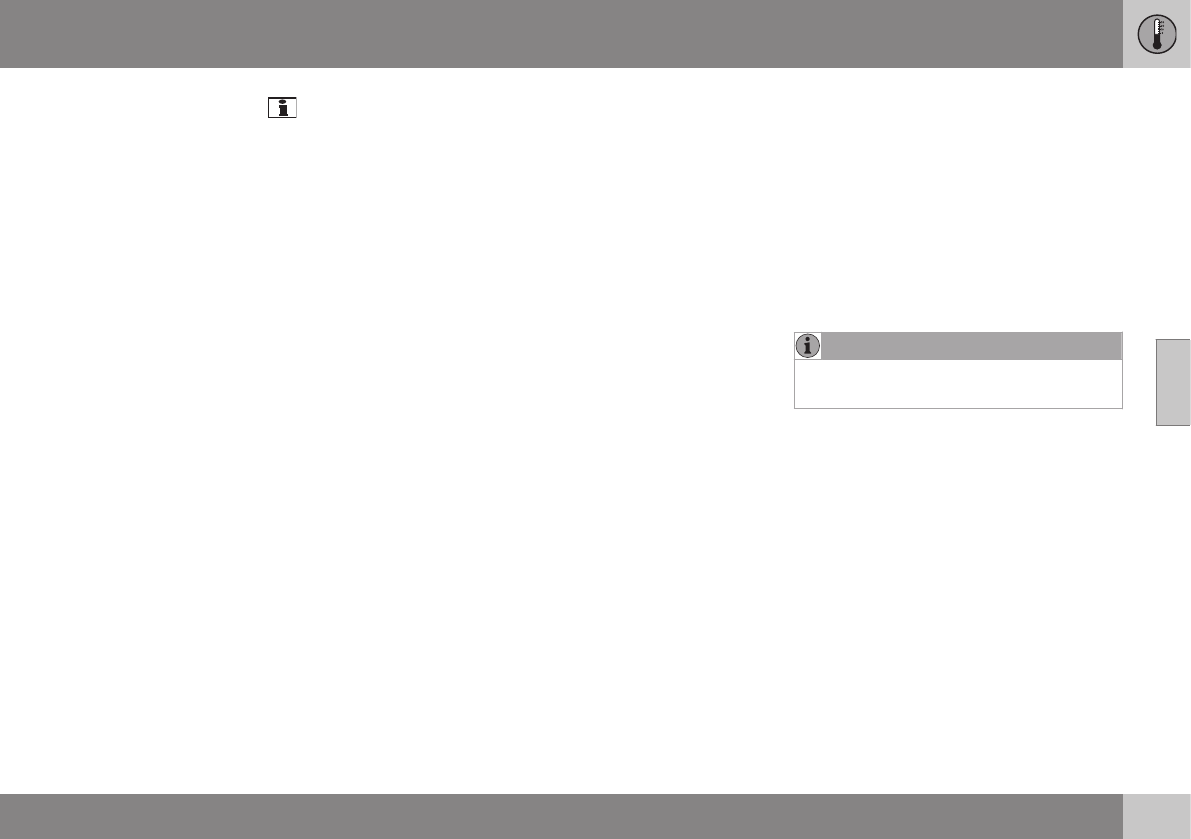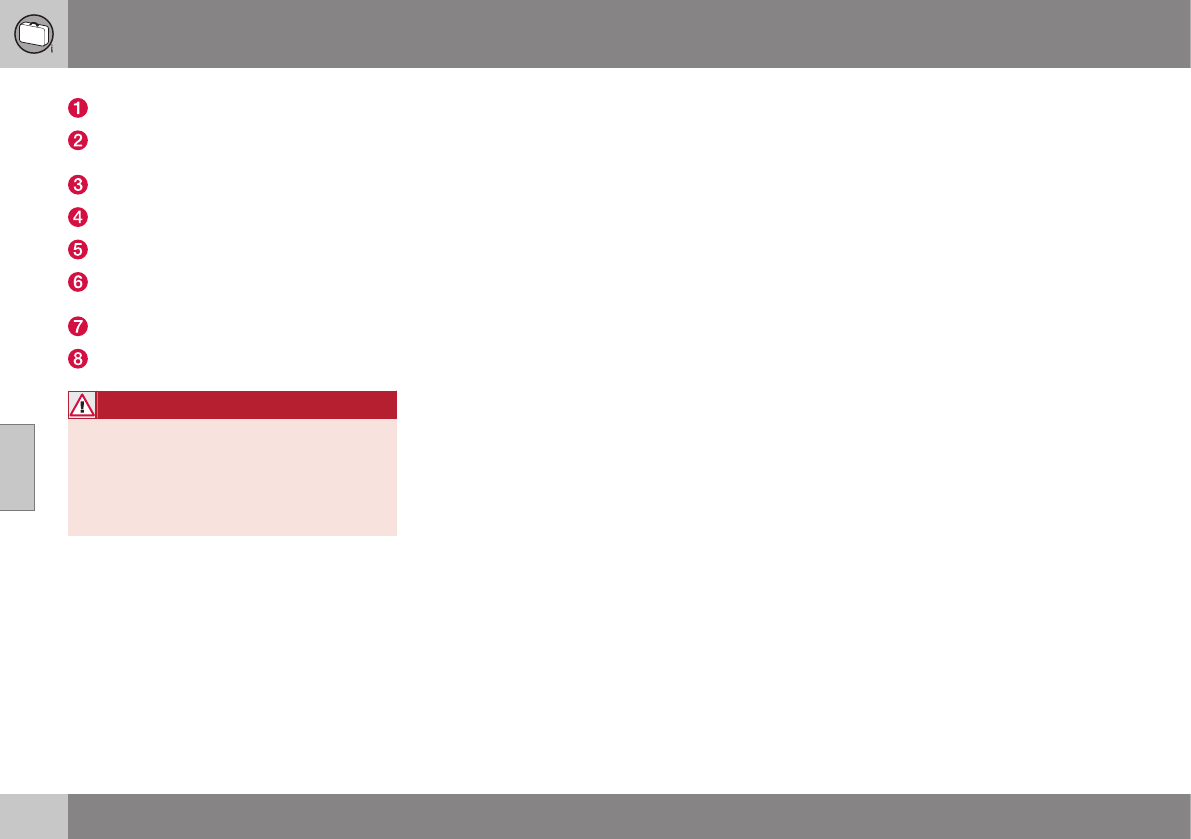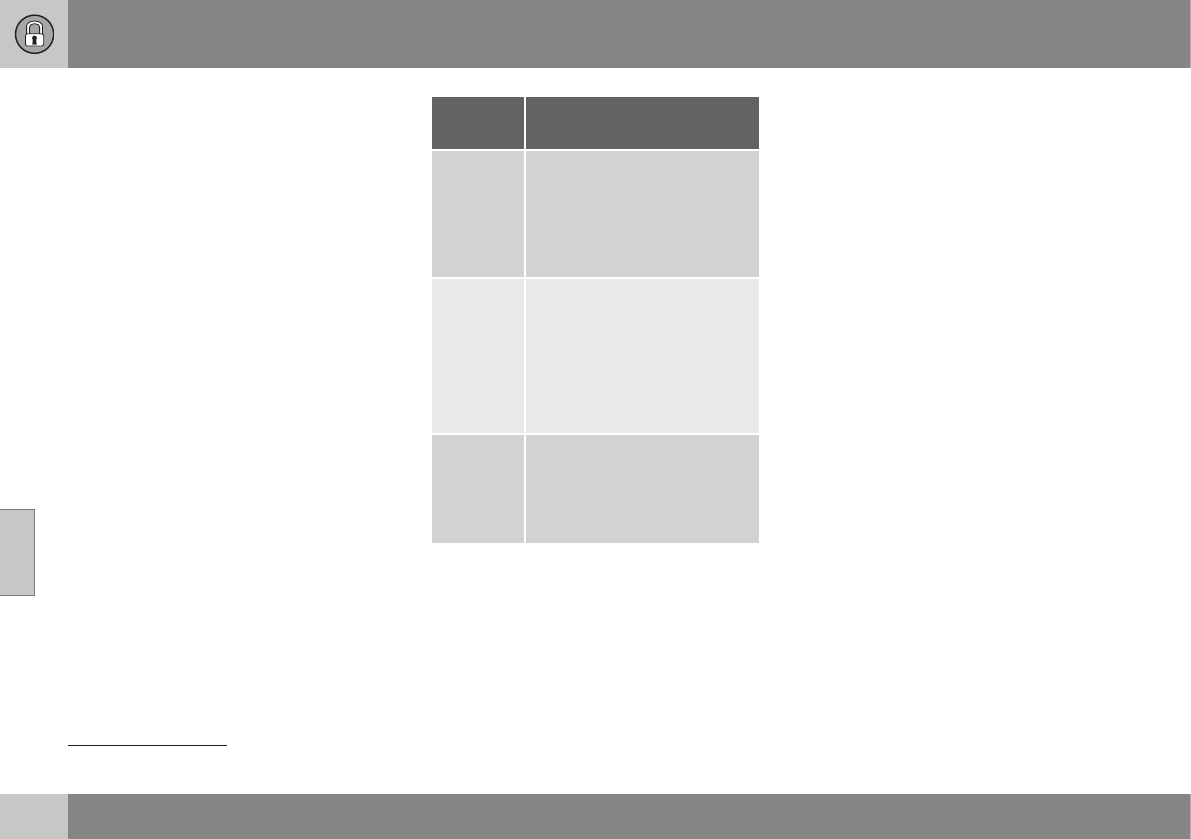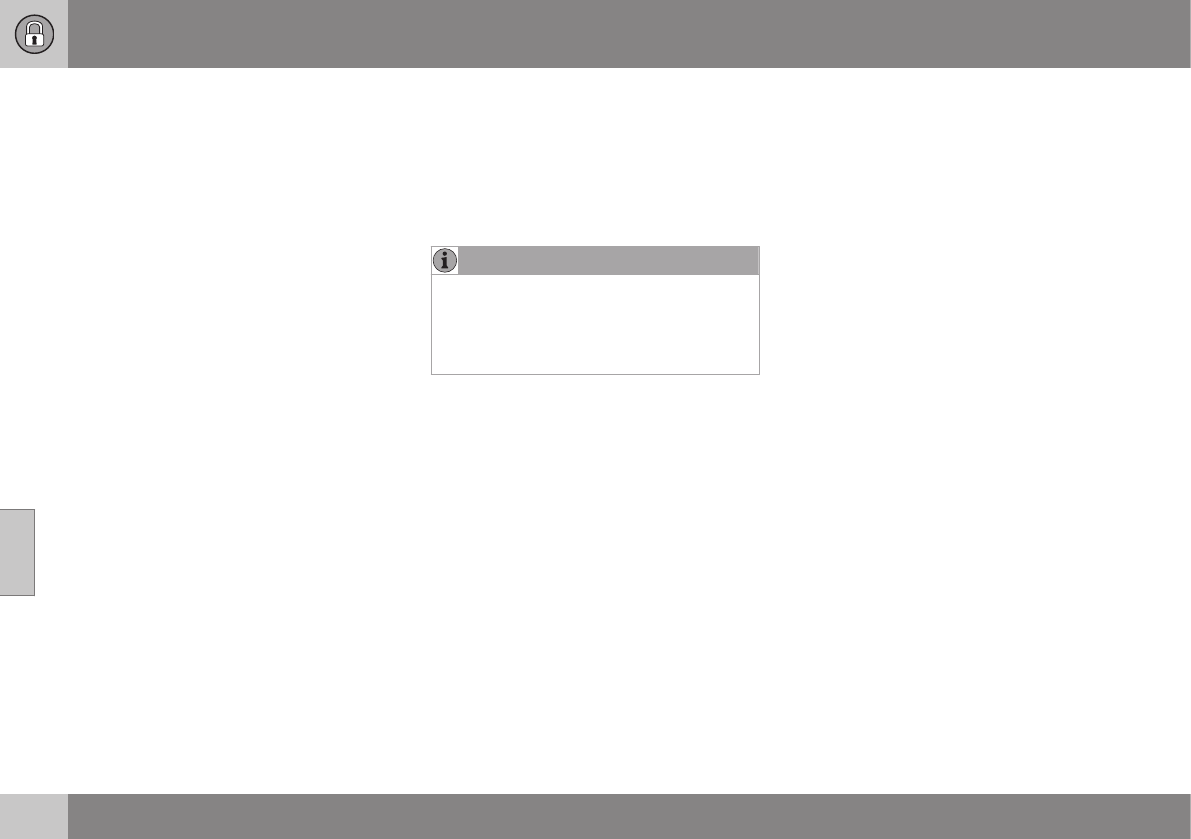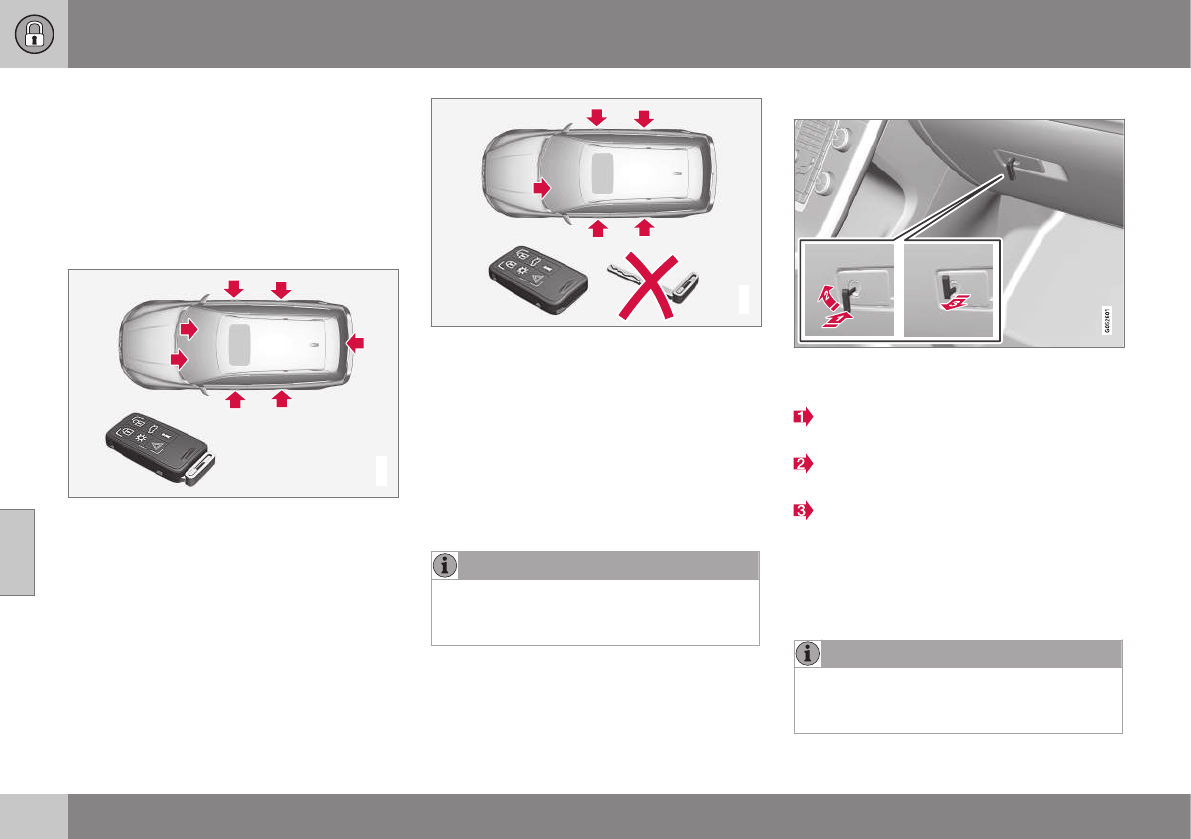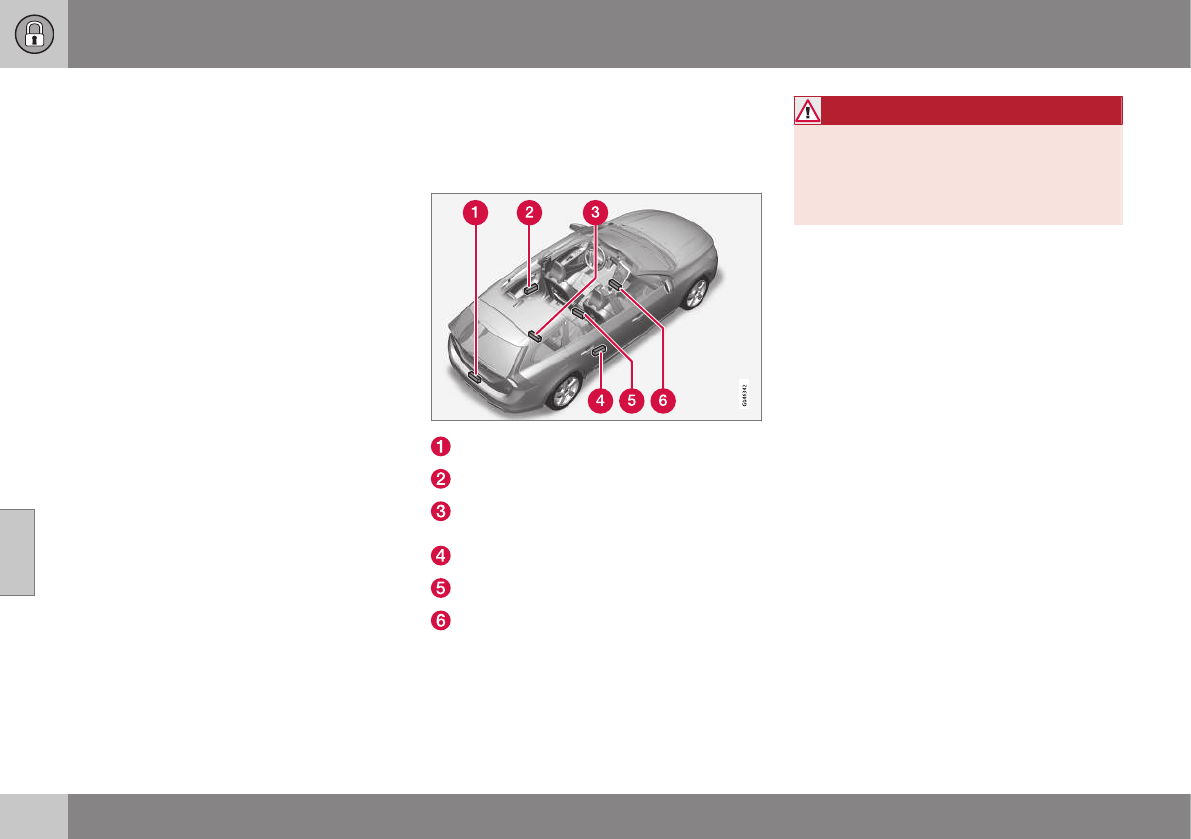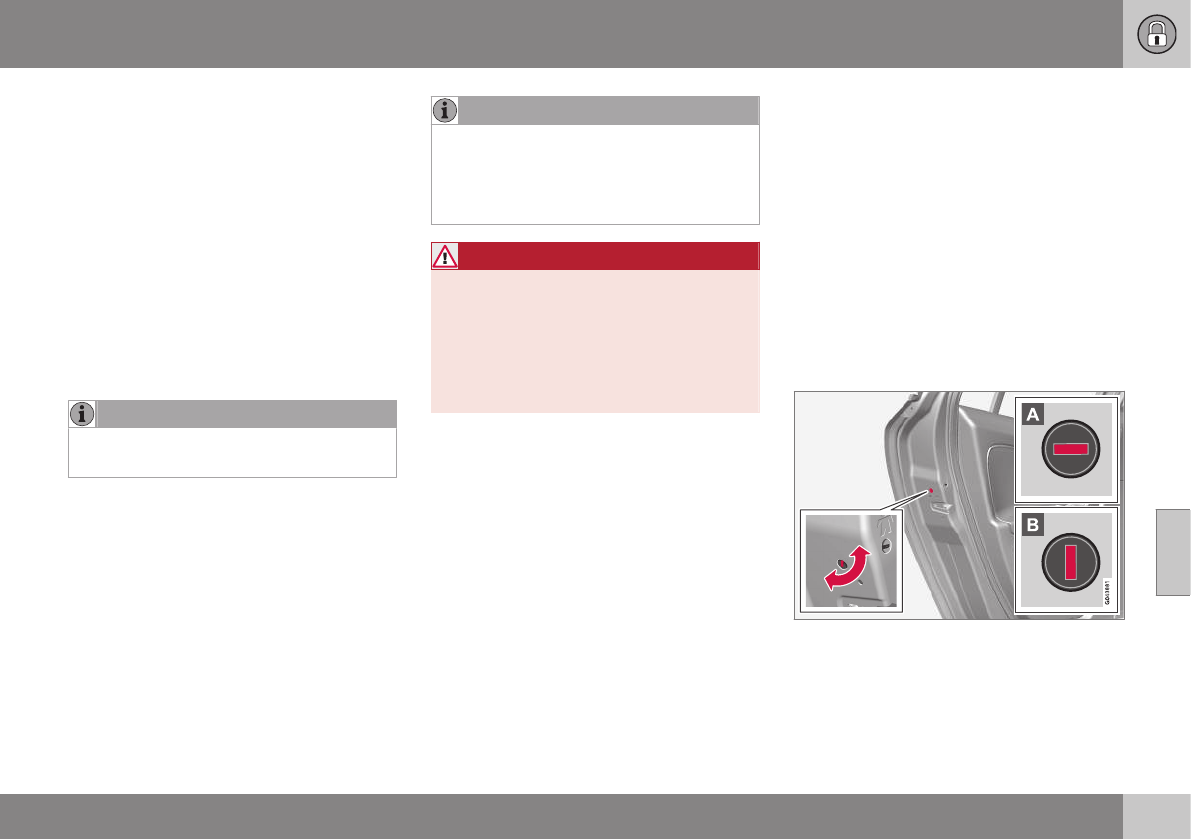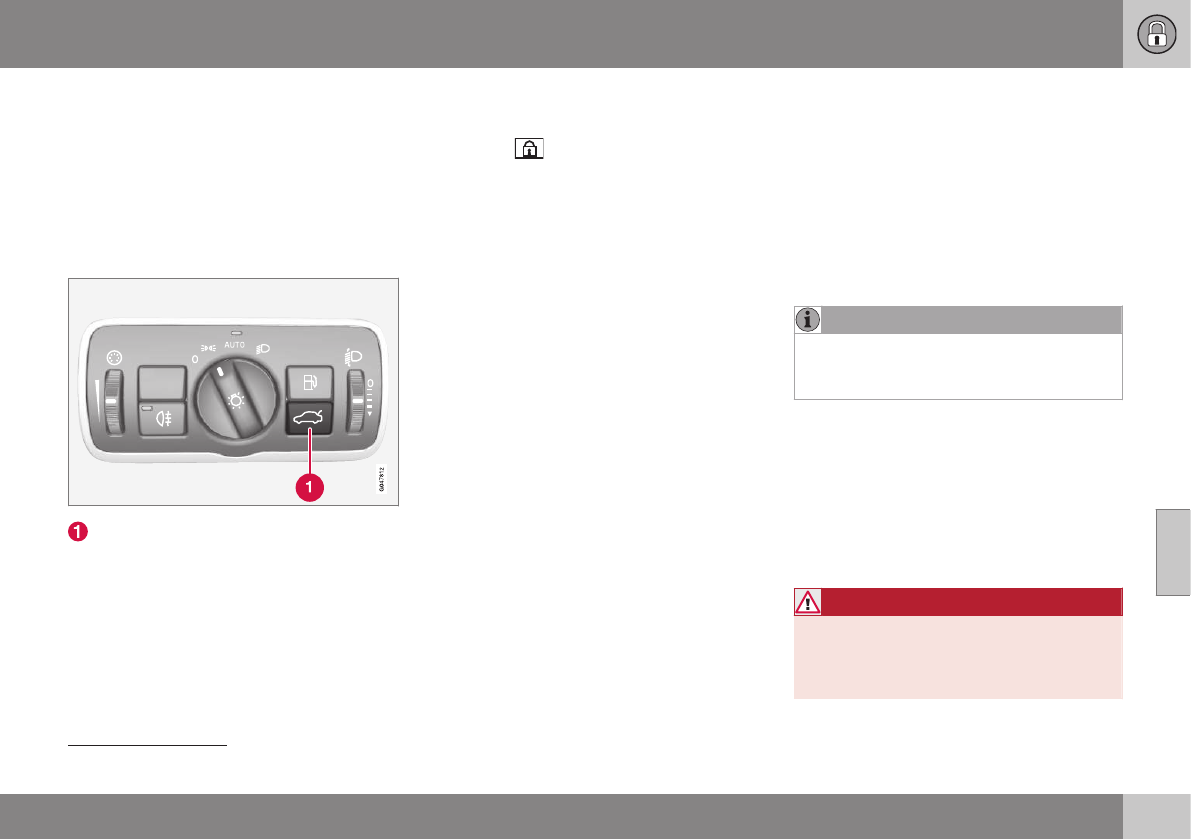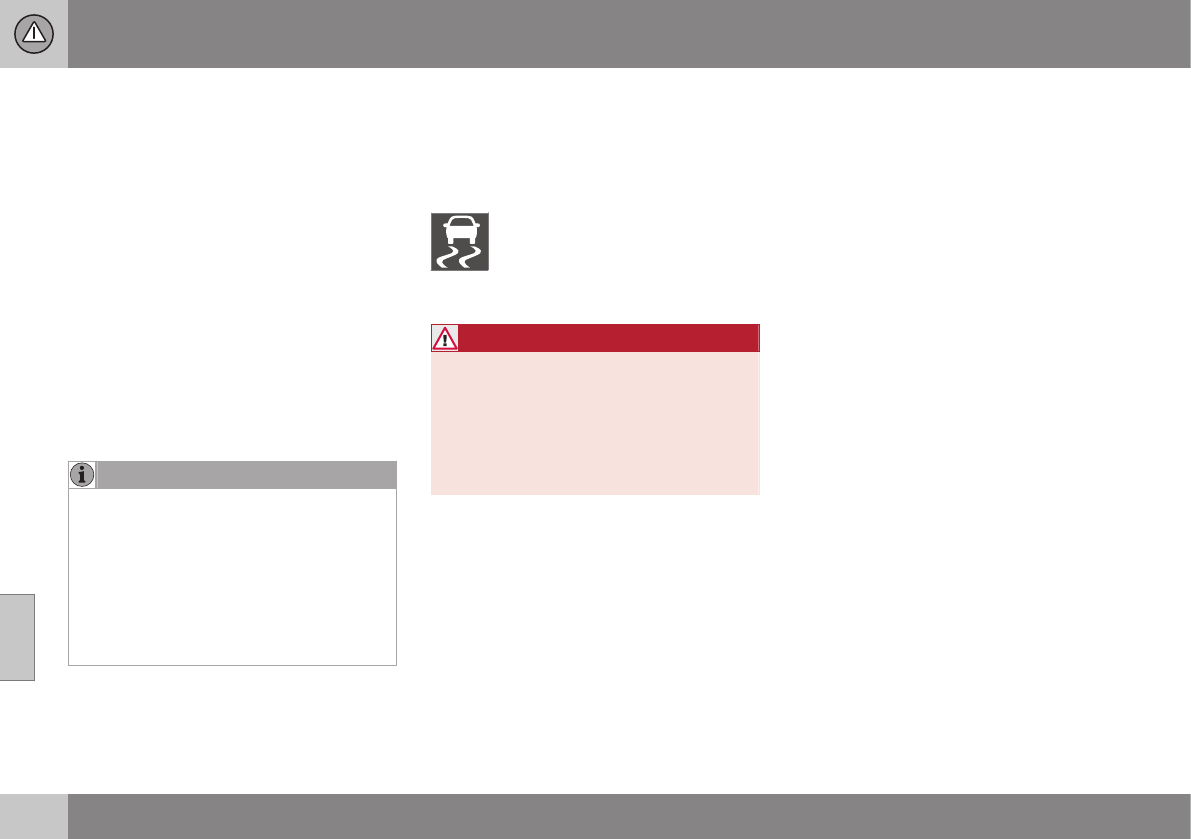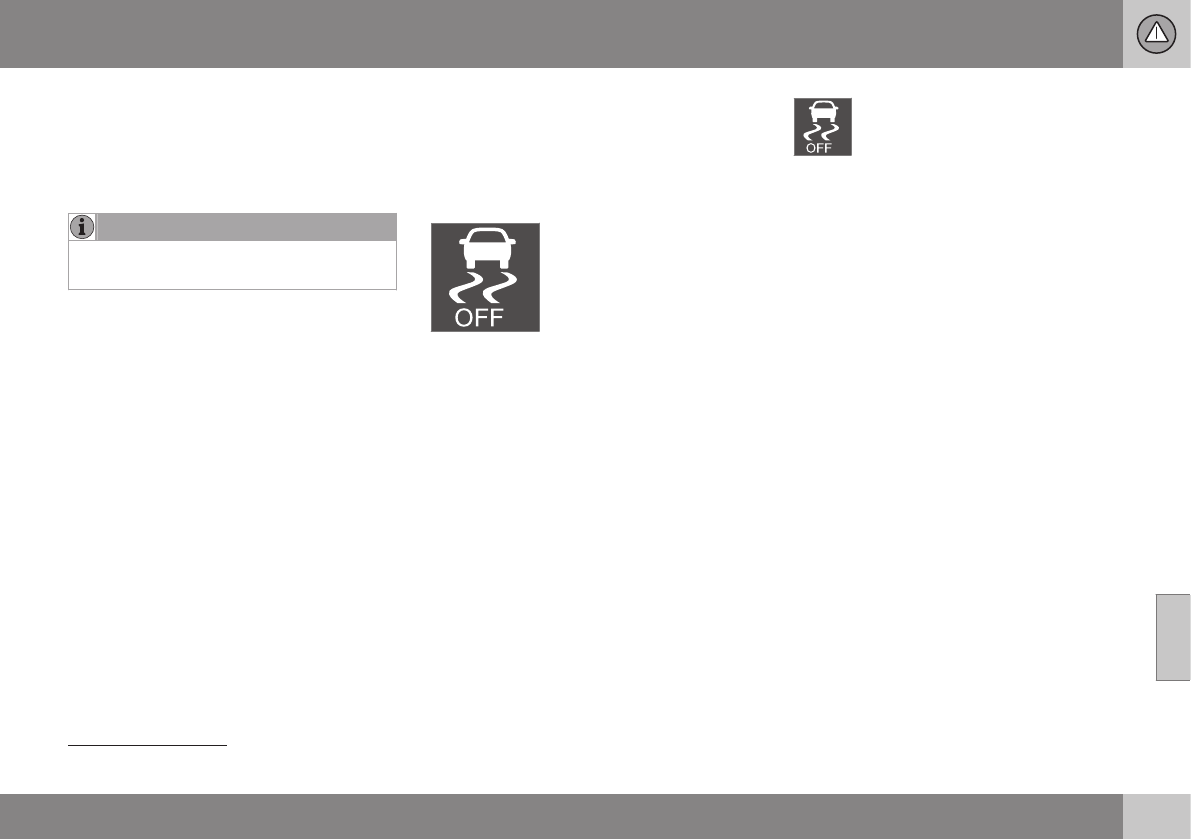Table of contents
6
* Option/accessory, for more information, see Introduction.
07
07 Driver support
Adjustable steering force*....................... 188
Electronic stability control (ESC) - gen-
eral.......................................................... 188
Electronic stability control (ESC) - opera-
tion.......................................................... 189
Electronic stability control (ESC) - sym-
bols and messages................................. 190
Road Sign Information (RSI)*.................. 192
Road sign information (RSI)* - operation 192
Road sign information (RSI)* - limitations 194
Speed limiter*.......................................... 195
Speed limiter* - getting started............... 195
Speed limiter* - changing speed............. 196
Speed limiter* - temporary deactivation
and standby mode.................................. 196
Speed limiter* - alarm for speed excee-
ded.......................................................... 197
Speed limiter* - deactivation................... 197
Cruise control*........................................ 198
Cruise control* - managing speed.......... 199
Cruise control* temporary deactivation
and standby mode.................................. 199
Cruise control* - resume set speed........ 200
Cruise control* - deactivate.................... 200
Adaptive cruise control - ACC*............... 201
07
Adaptive cruise control* - function......... 202
Adaptive cruise control* - overview........ 203
Adaptive cruise control* - managing
speed...................................................... 204
Adaptive cruise control* - set time inter-
val............................................................ 205
Adaptive cruise control* - temporary
deactivation, and standby mode............ 206
Adaptive cruise control* - overtaking
another vehicle........................................ 207
Adaptive cruise control* - deactivate...... 207
Adaptive Cruise Control* - queue assis-
tance....................................................... 208
Radar sensor........................................... 209
Radar sensor - limitations....................... 210
Adaptive cruise control* - fault tracing
and action............................................... 212
Adaptive cruise control* - symbols and
messages................................................ 213
Distance Warning*.................................. 215
Distance Warning* - limitations............... 216
Distance Warning* - symbols and mes-
sages....................................................... 217
City Safety™........................................... 218
City Safety™ - function........................... 218
City Safety™ - operation........................ 219
07
City Safety™ - limitations....................... 220
City Safety™ - laser sensor.................... 222
City Safety™ - symbols and messages.. 224
Collision warning system*....................... 225
Collision warning system* - function...... 226
Collision warning system* - detection of
cyclists.................................................... 227
Collision warning system* - detection of
pedestrians............................................. 228
Collision warning system* - operation.... 229
Collision warning system* - limitations... 230
Collision warning system* - camera sen-
sor limitations.......................................... 231
Collision warning system* - symbols and
messages................................................ 233
Driver Alert System*................................ 235
Driver Alert Control (DAC)*...................... 235
Driver Alert Control (DAC)* - operation... 236
Driver Alert Control (DAC)* - symbols and
messages................................................ 237
Lane Departure Warning (LDW)*............. 238
Lane Departure Warning (LDW) - func-
tion.......................................................... 238
Lane Departure Warning (LDW) - opera-
tion.......................................................... 239















































































